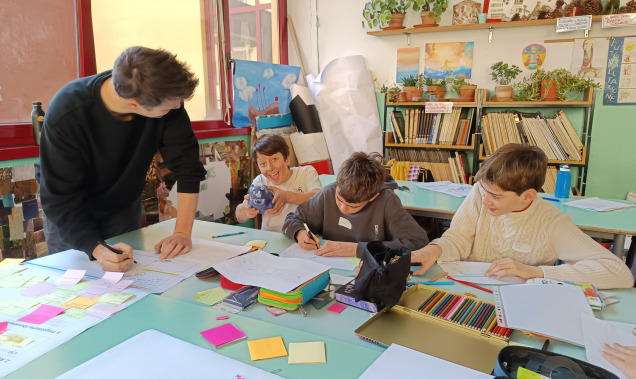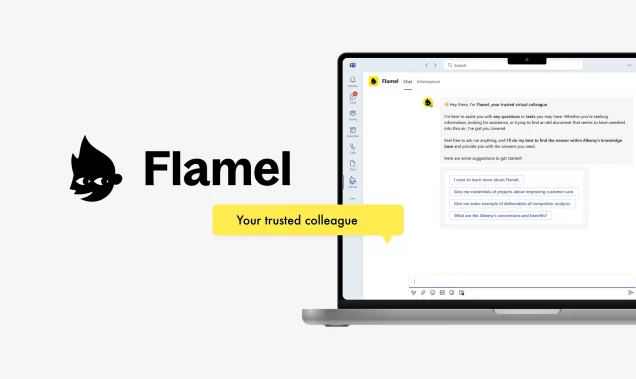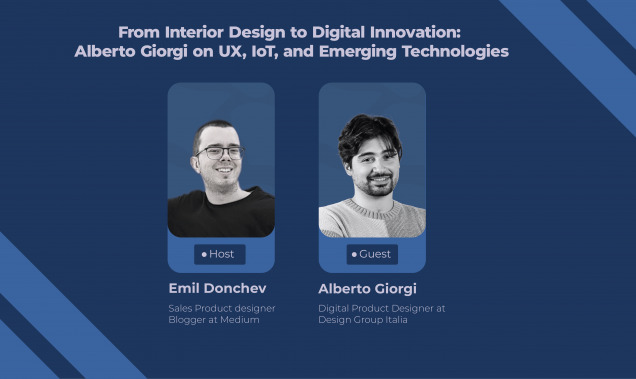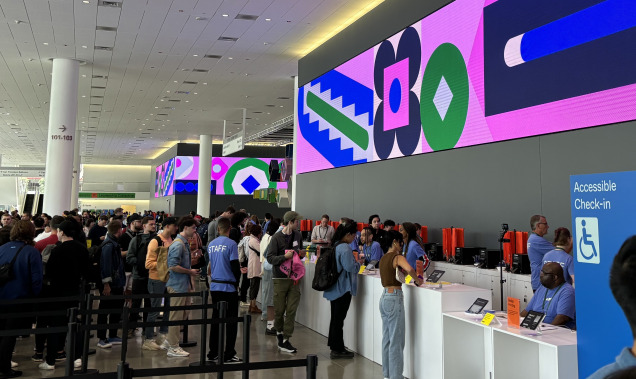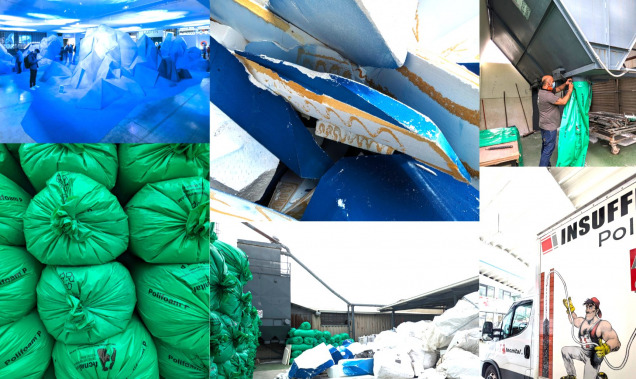7 Insights from Milan Design Week 2019
Attracting close to 400,000 visitors this year, Milan Design Week has not lost its lure. Interestingly, Fuorisalone—the exhibitions and events taking place around town during Design Week—was originally just for brands that were either from Milan, or so small that they couldn’t afford a space in the main furniture fair. This year, seeing the most popular Fuorisalone exhibitions required standing in line for hours just to get in.
When we worked with PepsiCo for the first Mix It Up event in 2015, a lot of people asked what a company like Pepsi was doing at a design fair. The answer was quite simple: it’s a brand that uses design as a way to connect with consumers through many different channels, and this event was showcasing the approach. Looking back, Pepsi’s Mix It Up was only a precursor of what was going to come.
It’s great to see these brands bring a new dimension to Design Week. The event is becoming an arena for experimentation, art, and innovation, as brands unabashedly vie for Instagram shares.
Here’s what caught our eye during Milan Design Week 2019.
Robotics and AI get humanized
We saw many exhibits attempting to humanize technology and create more natural interactions, including Samsung with their simple, effective and playful interactions, and Google with their wearable device.
Sony’s event was particularly interesting from a storytelling point of view. Visitors were first shown the technology of sensors and how the sensors can create reactions, then they moved on to view robots with a non-anthropomorphic design that had a very natural and unsettling way of reacting to people’s presence, and finally there was a presentation of Sony’s new robot dog.
This build-up beginning from the sensor technology really impacted how visitors perceived the robot dog at the end. Even though they knew it was just a series of sensors connected to electronics, it was impossible not to interact with it as if it were a real dog. It’s similar to a magician that shows you how the trick works, and then you are more impressed when it is performed.
Chris Miller, Creative Director
Designers will have to make technological transformation meaningful
Technology is no longer only delivered and sold in the form of traditional “gear.” It’s increasingly incorporated into surfaces and materials that communicate back with users in new, unexpected ways, giving them the chance to have unique experiences with objects found in their daily lives. Algorithms developed on the observation of behaviors make up the lexicon of the new communication of objects, which are able to interact and react.
Algorithms producing increasingly more advanced, tactical, olfactory and luminous interactions will allow for even more immersive experiences. Sony’s companion robot exhibit during Design Week represented a more traditional idea of AI, while Lexus’ dreamlike installation suggested a more experiential future.
For now, a companion robot is still a novelty for most of us. However, in the near future, AI will become the new normal, and will boast increasingly advanced sophisticated functions and UI. We designers have the task of making this transition organic and making sure it reflects the real needs of users.
Pasquale Cirulli, Senior Product Designer
The convergence of artisanship, design and art
For a while, due to the rise of new technological capabilities such as 3D printing, the tradition of creating unique, handmade pieces fell out of fashion.
But now we see that design – and designers – are serving as an engine to a new dialogue between artisanship, art and design. Designers are increasingly experimenting with the crafting techniques and materials that artisans have traditionally used, turning back to handmade construction and bringing a fresh, provocative point of view to design.
Doppia Firma, Hands on Design, and Antonio Aricò were first to express this trend, followed this year by others, such as Jaipur Rugs and Matteo Cibic, Marras+Kiasmo, and Loewe Projects.
Instead of losing handmade design to the lure of technology, we are witnessing a new joint expression and the creation of beauty through knowledge and innovation.
Simona Sagripanti, Senior CMF Designer
Stefania Perenich, CMF Director
The Insta-grammar of experiential spaces
Social media has had a profound effect on how spaces are visited (and designed). It has, in fact, become a primary motive for actually visiting a space in the first place – you’ll notice that the first reaction for many people when entering a space is to snap a picture.
When we are designing spaces, our clients usually ask how they can measure and evaluate the impact of our work. One way to justify the investment is through social media statistics. This is why it’s critical to make something that is “instagrammable.” Japanese design studio Nendo is the grand master of this, mixing fascinating designs and humor on a high contrast black and white color scheme. I wasn’t able to visit the exhibit—but I feel like I was there thanks to all of the pictures shared.
At the Bulgari event, you could pass through an infinity mirrored space with lots of watch parts and flashing LED lights hanging from the ceiling—an almost refreshingly pure, unashamed Instagram-ready installation that I duly filmed and posted.
Chris Miller, Creative Director
Food enters the design arena
We joined forces with Presso, creating DFood, a district around Chinatown dedicated to food design. The goal was to create experiences and generate discussion around the solutions that food design can offer. The topic of innovating to overcome social and industry-specific challenges was addressed, while covering everything from hay milk to blockchains.
To some, these topics might seem to fall far from the traditional Fuorisalone dialogue, but we believe they are highly relevant. Food innovation is a matter of merging the past and present, combining the knowledge and expertise that only tradition could offer, with the new technologies and opportunities that innovation can provide. Strategic design is an approach that applies as much to products and services as it does to food, and its collaborative nature is perfect for bringing together all of the involved stakeholders, ranging from farmers to consumers.
Be it rethinking packaging or improving the behavior of consumers, food is just another arena for design innovation, relying on exploration-based solutions, and experiences.
Federico Casotto, Food Lab Manager
Lighting industry takes the spotlight
The overall high quality of lighting design was striking during this year’s Milan Design Week. We’re not just talking about lighting that creates a “wow” effect – what impressed us most was the poetic, dramatic and well-crafted lighting that is a subtle part of the overall experience. Hermès, for example, did not advertise its lighting design; in fact, people hardly paid attention to it. There were no lasers or gimmicks, but the lighting was beautiful and professionally done, reminding us that there is no meaningful experience without light – or lighting design.
At this year’s Salone del Mobile, the iconic Italian lighting producer Flos joined forces with B&B Italia and Louis Poulsen for the biggest venture in the history of furniture design fairs – whether you calculate in square meters or by impact. With Iguzzini having recently been acquired by Fagerhult and Delta Lights setting up a permanent showroom in Milan, this year we watched the lighting industry claim its stake as one of the key elements in the design industry.
Carlo D’Alesio, Lighting Specialist
New retail models blur the distinctions between “offline” and “online”
For years, technology trend reports have discussed how “online” commerce and services will replace the “offline.” At Milan Design Week, both Amazon, a world technology leader, and smaller design brands, explored how to reinvent “offline” retail experiences, and in particular, showrooms. Tom Dixon Studioopened The Manzoni, a restaurant that doubles as its new furniture and lighting showroom “to experience collections in an active context.”
Amazon famously opened brick and mortar bookstores in the US to support its e-commerce empire, and its entrance into design week represented the business once again challenging our traditional models of retail via technology. Amazon’s installation was a showroom featuring the online shopping empire’s “SmileCodes” as a way to find products online. The SmileCodes allow mobile shoppers to activate offers from Amazon by scanning custom QR barcodes when they see them in the physical world. Vitra’s “24h shop” installation outside on via Durini used QR codes to enable shoppers to buy the displayed products at any time.
Invented 25 years ago in 1994, QR codes are not exactly cutting-edge technology. For years QR codes have appeared in experimental retail concepts, and more recently they became a key part of industrial or B2B services and mobile boarding passes. With the off-the-shelf integration of QR readers in Android and iOS, major brands used Milan Design Week to try offering new retail services to the masses via this “old” technology.
